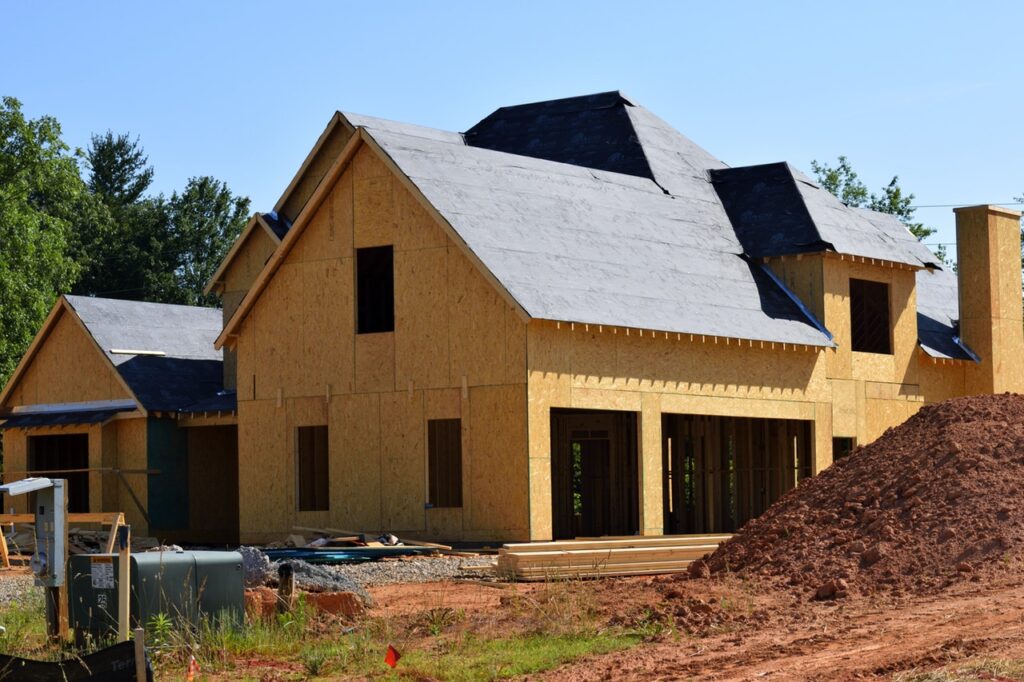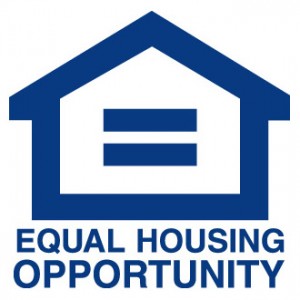In the annual housing report for 2019, the year rounded out with lower than average housing inventory available for buyers not only in the Hudson Valley and New York State, but also for the entire country, begging the question, “will the market get the new home supply it needs?” At January’s International buying show in Vegas, economists discussed what the low inventory of housing means for the market, and building new homes. Buck Wargo, a Real Estate Journalist, reported for the National Association of REALTORS® how this will influence the Real Estate Industry for 2020:
‘The lagging pace of new-home construction has been a big contributor to the national inventory shortage, but a homebuilding resurgence—of sorts—could open up more options for buyers this year, economists predicted during January’s International Builders’ Show in Las Vegas. Strong buyer demand, coupled with solid job growth and low mortgage rates, helped builders boost productivity in 2019, a trend that is expected to continue through 2020. What does this mean for new home supply to meet the present demand?
At the trade show, the National Association of Home Builders released its 2020 forecast, calling for 3% growth this year in single-family starts (to about 920,000 units) and 1% growth in 2021. NAHB predicted that new-home sales will increase 2.5% to 708,000 this year, which would mark the first time such sales surpassed 700,000 since 2007.
Still Not Enough
The projected increases still fall shy of meeting the demand for new homes, economists said. A chain reaction is occurring in the market: Fewer seniors are downsizing, which limits options for move-up buyers, forcing them to stay put and starve the market of the starter homes that first-time buyers are desperately seeking. Currently, there is an historically low 1.7 million homes on the market. “Given the historically low number of homes for sale relative to the growing number of households, there is only one outlet to meet demand: new-home construction,” said David Berson, senior vice president and chief economist at Nationwide Economics. “So 2020 should be a good year for new-home construction.”
Current national demographics support 1 million to 1.1 million newly built housing units per year, said NAHB Chief Economist Robert Dietz. When factoring in multifamily construction—which the NAHB predicts will reach 383,000 units—total housing starts are expected to hit 1.3 million units this year, up more than 2 percent from last year. However, that remains well below the average 1.5 million units that were constructed annually from 1960 to 2007, Dietz said. “Builders are still underbuilding as they continue to struggle with rising construction costs stemming from excessive regulations, a chronic shortage of workers, and a lack of buildable lots,” he said. “These affordability headwinds are impeding more robust construction growth.” All of these factors are contributing to the lower than average new home supply.
Sales Expected to Rise
Despite challenges in the new-home market, the national homeownership rate, which reached 65% at the end of 2019, is expected to continue climbing but remain below 2004’s all-time high of 69.2%, according to the NAHB. Dietz said he expects existing-home sales to increase 3% this year and predicted that residential remodeling will jump 1.2%. “The housing market is entering the year with a great deal of momentum from 2019,” said Frank Nothaft, chief economist at CoreLogic. “This is the first time in post–World War II history that unemployment and mortgage rates are both below 4%. That will help fuel demand.”
The South and West—which have affordable markets that attract jobs and are more conducive to outdoor amenities—will lead new-home growth in 2020, Nothaft said. Dallas and Houston are leaders, averaging 30,000 new-home sales between October 2018 and September 2019. Atlanta, Phoenix, and Austin, Texas, which all averaged at least 15,000 new-home sales in the same period, follow closely behind, Nothaft said.
Here are other market dynamics you should be aware of this year:
- Price hikes. National home prices are projected to rise 4.8%, up from 3.6% in 2019, Nothaft said. Rents are likely to increase 3%, he added.
- Equity. The average homeowner gained $5,300 in equity during the 12-month period ending in September, Nothaft said. Idaho, Wyoming, and Utah led the pack with an average gain of more than $20,000.
- Type of home sale. Nationally, only 2% of entry-level sales in the fourth quarter of 2019 were newly built, with Phoenix and Dallas being the only markets approaching 5%. In the same time period, the luxury market accounted for 12% of new-home sales, and the custom-home market reached 18%—the highest share since the second quarter of 2008, Nothaft said.
- Square footage. Home sizes are getting smaller, as seniors and young buyers desire less space to achieve affordability. The median home size fell from more than 2,500 square feet at the end of 2014 to less than 2,300 square feet in 2019, according to NAHB.
- Financing. Some 64% of new-home sales last year were financed using conventional conforming loans; 17% were FHA loans; 12% were VA loans; and 6% were jumbo loans, Nothaft said.
Remodeling Activity Shows Promise for New Home Supply & Demand
The NAHB said interest in remodeling remains high, and homeowners likely will spend more than the $158 billion they spent on home improvement projects in 2019. However, costs and labor shortages are making it difficult for contractors to meet demand—just like in the new-home market. “We’re not only seeing more requests for proposals because the housing stock is limited but also for aging-in-place work because boomers want to stay in their homes longer,” said Nick Scheel, a remodeler from Spokane Valley, Wash., who spoke at the conference. “Because people are choosing to stay in their homes, the demand and backlog for remodeling remains high.”’
With 2019 rounding out the year with -19.6% less housing inventory available than 2018 in the Hudson Valley, there is potential for the area to see new home development to help ease this. Understanding the market, trends and working out the best time to buy is a job that is best left for a REALTOR®. The Ulster County Board of REALTORS® can help you in finding the right REALTOR®, saving you time and frustration while figuring out where to start, where to buy, and when, especially when inventory is low. For more information, contact us today.









